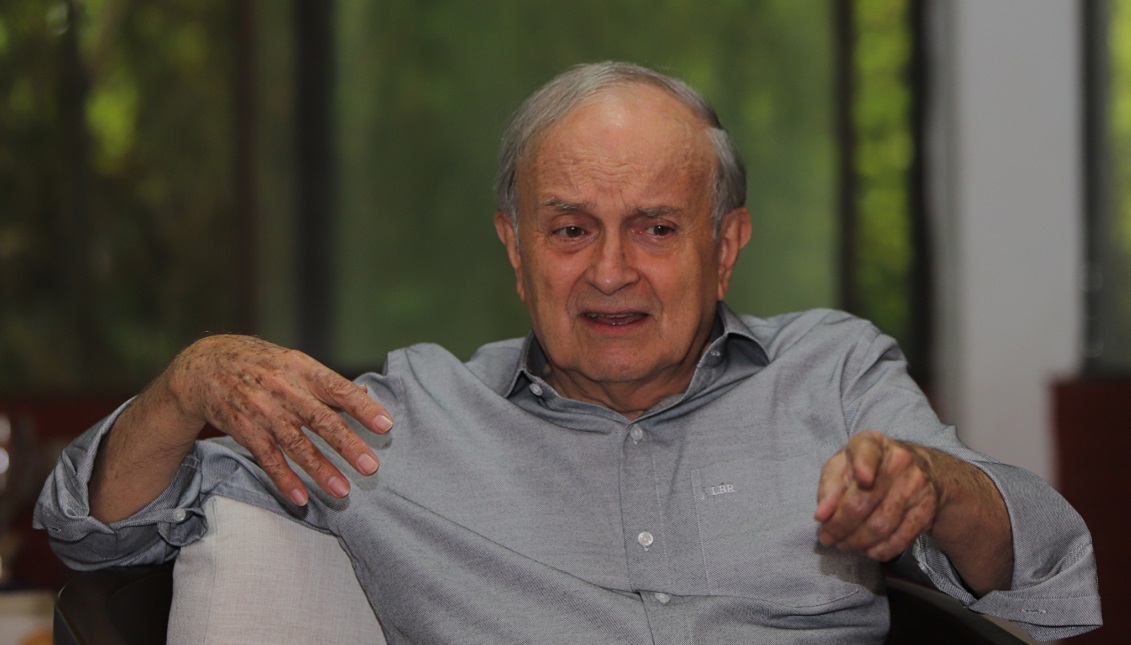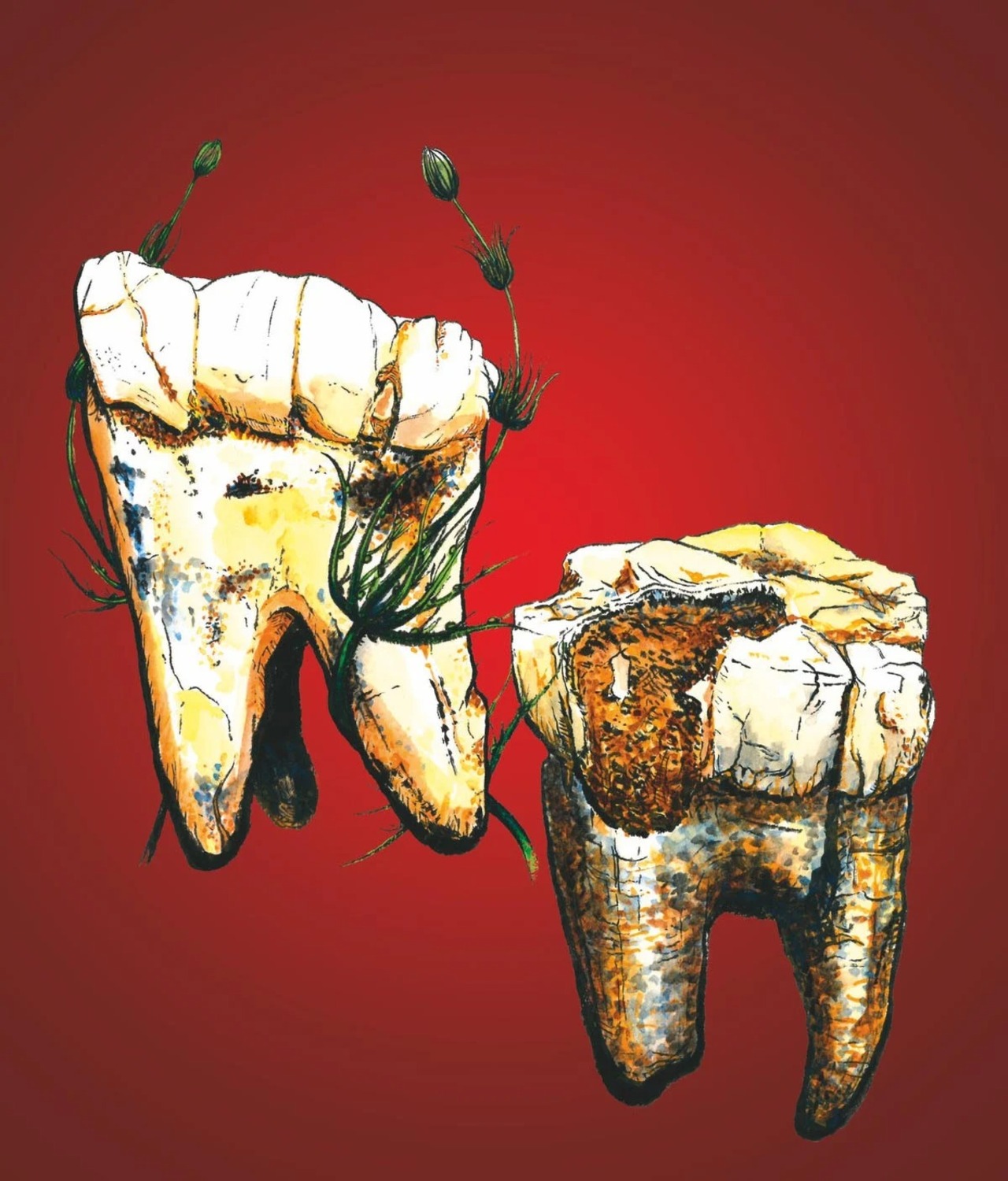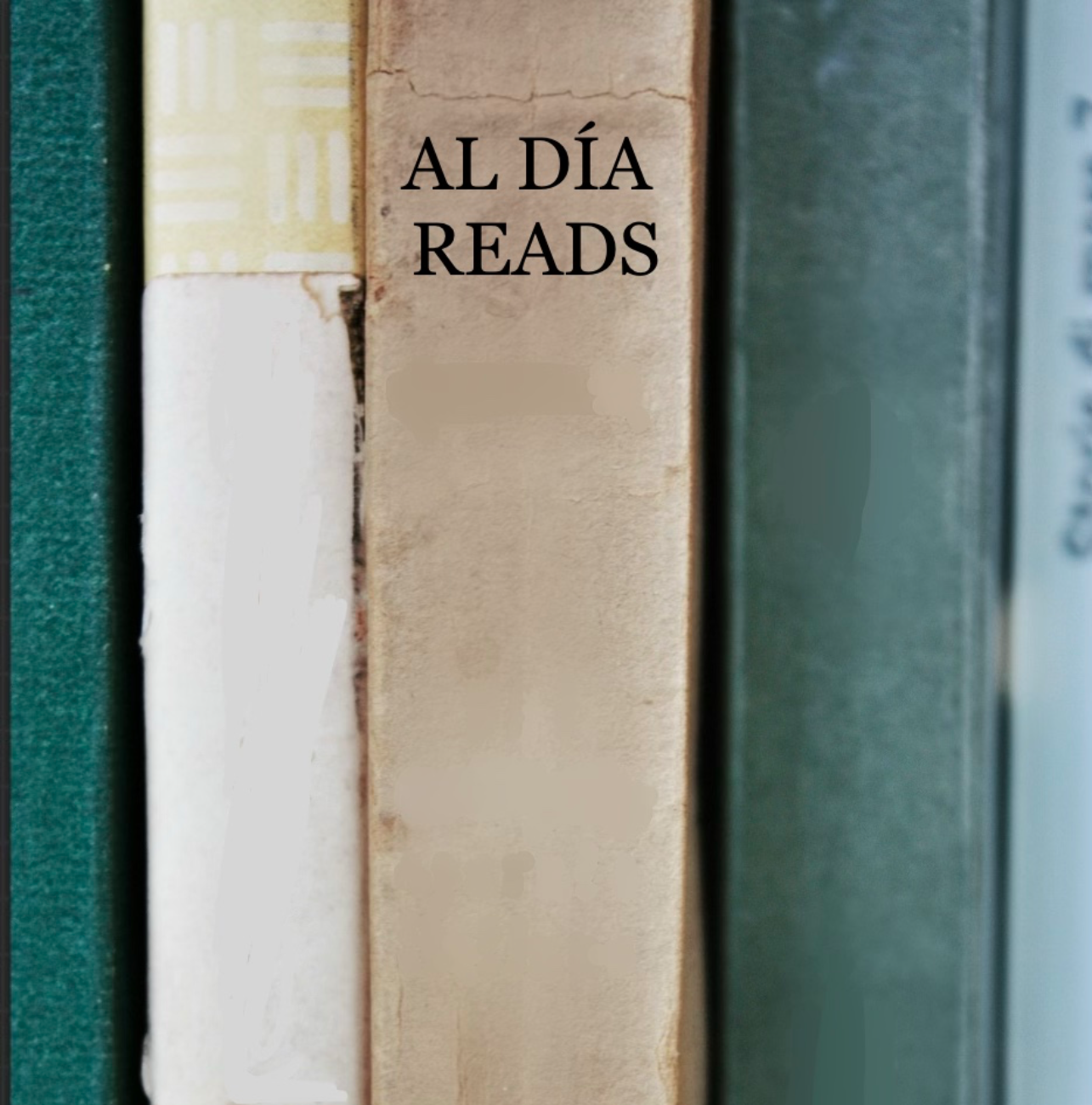
Gardeazábal: Myth and Literary Art
Colombian writer published the novel ‘Cóndores no entierran todos los días’ in 1971. Half a century later it will finally be published in English by a Texas…
León María Lozano is the central character of ‘Cóndores no entierran todos los días’, one of the most important novels in the Spanish-language literary world of the 20th century, which gave way to multiple analyses of political violence from the everyday life of a community.
The literary work was published in 1971 and has the seal of one of the literary geniuses of the Spanish-speaking world: Gustavo Álvarez Gardeazábal, who has moved between journalism, literature and politics to unmask the double standards of a society that does not face the issues in which it is immersed: the corruption of politicians and sectors of the Catholic Church, homosexuality, the mafias that corrupt society and a long list of issues that, not because they are kept hidden, are part of the daily dynamics.
‘Cóndores no entierran todos los días’ has the magic of telling what happens in a town, but it represents the contradictions of the human condition. And it is, ultimately, an x-ray of the history of years of barbarism due to disputes that divided families and dressed them in mourning due to the fanaticism promoted by political bosses.
In an interview with AL DÍA, Gardeazábal, 75, tells details of the first edition, of what came after and how the tragedy has prevented it from being translated into English, something that is about to be achieved. The novel was made into a film in one of the most important events in Colombian and Latin American cinema.
In Colombia, a country that has gone through a varied range of violence, Gardeazábal is considered a national conscience. Gardeazábal’s literary stature rivals the influence he has with his daily opinions on what is happening in his country.
It continues to provoke public opinion with his positions opposing the formality of a society that uses double standards to move between legality and illegality.
Among other things, the value of this Colombian writer, born in Tuluá, in the heart of the department of Valle del Cauca - whose capital is Cali - lies in the validity of his most renowned work, ‘Cóndores no entierran todos los días’, settled in a little town where the most atrocious revenge for political rivalry occurs at the end of the decade of the 40’s of the 20th century.
The novel was published when Gardeazábal was 25 years old and had already ventured into literature with several writings, in which he already showed a way of approaching human tragedies and that connection between what actually happens and what society wants to cover up.
The story of Condors concentrates not only on what happened, in real life, with the bipartisan struggle in Tuluá, but also on what León María Lozano, a conservative leader, did while he was being singled out as a 'Pájaro', that is, a member of an armed squad that assassinated his liberal rivals. He became a protagonist on April 9, 1948, when Liberal leader Jorge Eliécer Gaitán was assassinated in Bogotá, a crime that signified the rise of political violence.
AL DÍA met Gardeazábal at his farm, in the heart of Valle del Cauca, to talk about the origins of ‘Cóndores’, its importance and details of his literary career.
It is the result of having lived in Tuluá in the midst of violence, but also because I studied literature. I graduated in literature with a thesis comparing the violence novels published in Colombia until 1968 and the novels of the Mexican Revolution, because my thesis director was Professor Walter Langford, dean for life of the University of Notre Dame, in Indiana. He was an expert in novels of the Mexican Revolution and gave the books to the Universidad del Valle. I read those 252 novels and the other 56 that had been published in Colombia up to that time. And I went to live in Pasto (southwestern Colombia), because if I had not lived there I would not have written it. The distance was enough. If now it is far away, at that time distance was even greater.
RELATED CONTENT
The reaction was undoubtedly polar opposite. One, that of those who were still alive and who appeared in the novel, because they felt part of it. And just as I am responsible for the myth of León María Lozano, the myth slapped me in the face as a child. At school they began to tell me how León María, with a stick of dynamite in one hand and a cigarette in the other, had stopped the crowd of April 9, 1948. At that time that was a public myth and many people told what they had witnessed.
It ended up becoming an icon of the Colombian novel and as such the references go from Poland to Japan, and it has not been translated into Japanese or Polish. And professors from universities in England, Belgium, the United States, Mexico and Chile continue to write to me. In the celebration of the 50th anniversary in Colombia I realized that it is part of the national heritage and people love it. There is the feeling we had fifty years ago for María (Jorge Isaacs) and La Vorágine (José Eustasio Rivera).
It is still totally valid. The country has changed, but the essence with which Colombia acts and judges remains the same.
The more days go by and in spite of the editorial problems, the more teachers make high school students read it. That is why pirated editions have abounded and now they do not even print them. They send the kids the link where they can read the whole thing pirated. Someone asked me how many editions may have come out. I managed to buy 107 of the pirated ones I saw out there, until I blew it. But they are still coming out.
There were many and went through many adventures. Ten years ago I lost my publisher in Panamericana because he tried to renew my contract by changing the title of the novel. He made it a condition. I replied: “I won’t renew. If you have no business sense, I don’t have to do anything in this publishing house. How is it possible that a brand sold for forty years is going to be thrown out of the window. And secondly, it seems to me very gross that a novel that is read in all schools is going to change its title for some whimsical satisfaction”. Iwas so angry that I looked for the rector of the Universidad Autónoma Latinoamericana (UNAULA) and the editorial chief and I told them: “I give you all the rights by public deed so long as I don’t hear from these fucking publishers anymore”.
The funny thing is that it could only be translated at this time for the first time into English. They didn’t try before because they told me it was too difficult. And the other because those who tried it had a tragic fate. Enrico Cicogna first translated ‘Dabeiba’ for La Feltrinelli. When he saw the success he told me: “let’s translate ‘Condors’”. He started, but he went to Somalia for 15 days. He got the Ebola virus, which wasn’t called Ebola then, and it killed him. So much for the Italian translation. Then a lady Campa, who had heard Cicogna, from the University of Pisa, told me to authorize the translation, started to do it and I never heard from her again. In Austria they wanted to make a translation into German a few years ago, they had already translated ‘El Divino’ . They chose a man who came to see me. After a while he never sent me anything again. One day a mutual friend who lives in Austria wrote to me: “He died and I will try to collect the texts of the translation”. It was not possible because he was quite disorderly and translated a piece here and another piece there. Finally, Jonathan Tittler, my biographer, from Cornell University, resolved two years ago that he was going to do the translation to go along with the fiftieth anniversary celebration. He started it, but he got Covid. He finished it six months ago and a contract was signed with a company. But there was a bankruptcy of publishers in the United States, among them the one that was going to publish ‘Condors’. I had given up hope and a month ago he wrote to me saying that the contract was put as part payment to a small publisher in Texas: Atmosphere Press. Now at the end of November it was signed. In English it will be titled ‘Condor Dies’. Itis possible that it is a reality.
It has been hard for me to be calm. When I combined the literary exercise with journalism in ‘La Luciérnaga’ (successful radio program), the problem was worse. I ended up building a little house here next to this one for the police escort. But the other thing is the emptiness that a provincial feels when he knows that what he is doing is valued first as a provincial rather than as a work of art. I was not accepted by Bogota’s literary critics. And it was worse when I published, before ‘Condors’, three stories in the magazine Mundo Nuevo, in Paris, without leaving Valle del Cauca. Instead of exalting me, they condemned me to hell. That is why I dedicated ‘Cóndores no entierran todos los días’ to the last director of Mundo Nuevo magazine, the Argentine Horacio Daniel Rodríguez. I dedicated the novel to him because he was the one who opened the doors of this world to me.
Again the perfect storm. I started my literary career participating in short story contests in Spain because I was subscribed and received La estafeta literaria de Madrid. I won several. In one of those contests, in La Felguera, I was a finalist along with Pilar Narvión, who was the Paris correspondent of the Diario Pueblo de Madrid. She had excellent connections with the intellectual world. When she won the prize and I was second, I humbly wrote to her and a pen-pal relationship began when I was about to graduate in literature at the Universidad del Valle. When the Manacor prize was awarded, I took a gamble and asked them to inform Pilar Narvión of the result of the award. The prize for Condors was awarded in August. She immediately wrote to me and said: “give me authorization, I’ll take care of everything, because you have to take advantage of this; a prize awarded by Miguel Ángel Asturias is not very easy”. And in less than a month she had the novel in her hands and had already given it to Josep Vergés, the owner of Editorial Destino and Destino magazine. The Catalan told her: “I will publish it immediately, it is a fabulous novel, of great category”. One Hundred Years of Solitude had already been published in 1967, that is to say, we were worth an egg. One Hundred Years of Solitude was a gigantic wall for the whole generation. In February 1972, ‘Cóndores’ was already on sale. That is to say, Pilar Narvión was the great manager of the project..
In the parochiality lies a great part of the universality of the text. To be able to bring the parish to art has been the success of those who have succeeded, it is when novels are reduced to a small world. Why did ‘Ulysses’ become important, even if nobody understands it? Because it took a neighborhood in Dublin, the Catholic, apostolic and Roman Dublin, like others. The rest is the fruit of my readings. I studied Greek tragedy in depth, just as my characters are psychologically treated in the parish with minimal distinctive elements: Leon Maria’s asthma, the legs in a dish of hot water, Pedro Alvarado’s bravery. I educated myself by studying Thomas Mann in depth and by reading Russian writers, especially Dostoevsky, with pleasure and depth. They are the masters of psychological characters. I am the fruit of all my reading.












LEAVE A COMMENT: